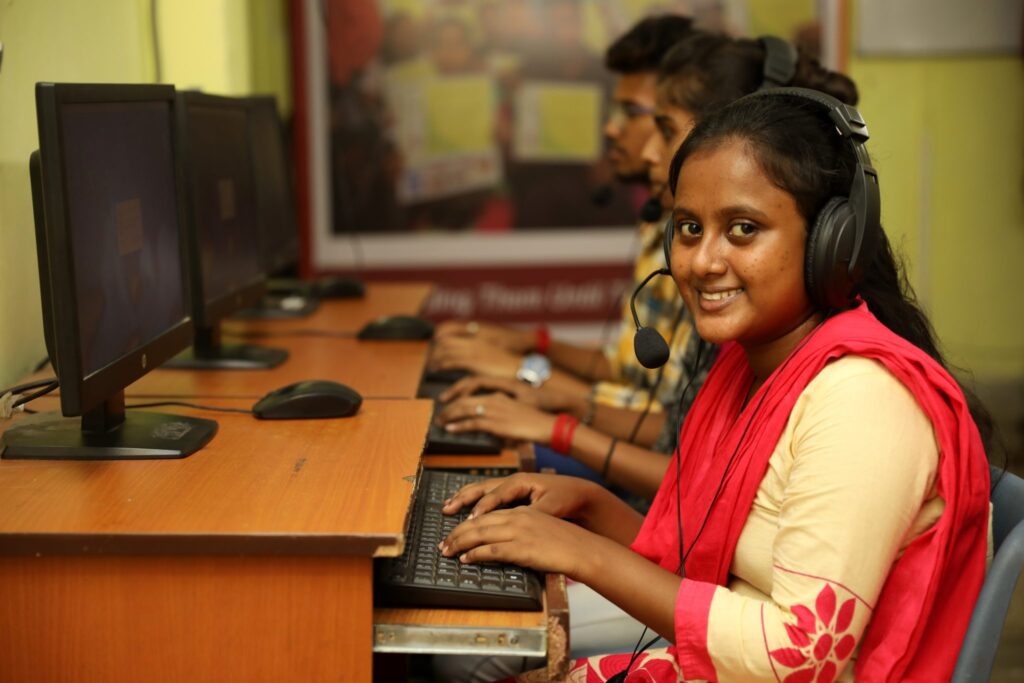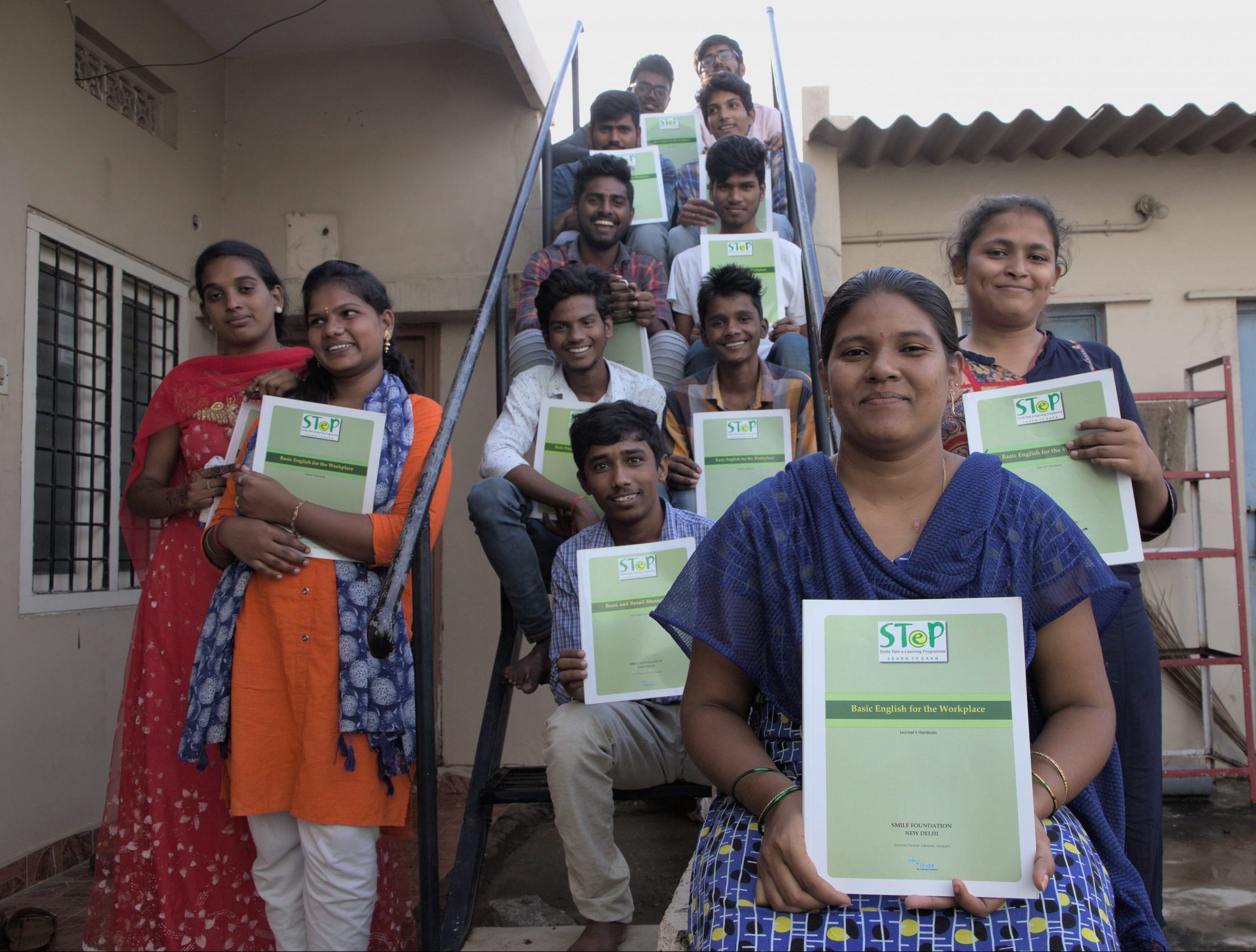When it comes to women in medical, business, and law, there has been a significant improvement over the last few decades. Despite the fact that all of these are male-dominated occupations, successful female doctors, nurses, lawyers, attorneys, and entrepreneurs are becoming more prevalent. However, when it comes women in STEM (science, technology, engineering, and math), things aren’t looking so bright.
There is a rise in the number of women studying STEM programmes in college and working in STEM professions. However, statistics on women in STEM show that their percentage in these fields is actually decreasing.
Not only do fewer women pursue STEM education and careers, but they are also more likely to leave and earn less money. Given the emphasis on gender equality throughout the United States, a shortage of women in STEM makes little sense.
According to the Bureau of Labour Statistics, there is a significant need for more STEM workers. Despite the fact that STEM pay are among the highest, there is a scarcity of STEM experts. Right now, we need at least a million more STEM experts, and that number is only expected to grow in the coming decades.
Can women in STEM have a successful career
Girls have generally surpassed boys in academics, but the number of women who pursue research later in life is miniscule. The number of women on academic and research faculty is not proportional to the number of PhD holders. Only a small fraction of women who study science go on to pursue it professionally. According to the National Task Force for Women in Science study, women make up only 15% of the Indian research and development workforce, while the global average is 30%. The disparity is greatest in computer science and physics, and smallest in biological sciences and medicine.
Women in science are underrepresented, underpaid, and frequently unrecognized. According to a 2009 report, only 3.2% of the 744 Indian National Science Academy Fellowships were awarded to women. The paper emphasizes how male-dominated selection committees for awards and appointments to research and development jobs in government-funded institutions frequently discriminate against female scientists.
Why is this portrayal so poor?
One key element contributing to this is the belief that boys are better at science than girls. As a result, the bulk of the 11% of colleges in India that are entirely for women offer arts and commerce rather than science. Many times, role models play a role in job decisions. However, there are fewer female role models in science, math, and engineering for young female students to look up to. Furthermore, these role models are hardly discussed in our textbooks. As a result, most of us have never heard of Dr. Asima Chatterjee, the first woman to get a PhD in science from an Indian university, or A. Lalitha, the country’s first female engineer.
When it comes to pursuing a career in science, society’s established patriarchy pushes women down. Women are regarded to bear the combined responsibility of home and work by default, and if a professional gap is taken for family reasons, it becomes extremely difficult for women to return to professions in science. There are also patriarchal views in recruiting methods, as well as in the awarding of fellowships and grants, among other things. Women scientists face additional challenges as a result of a male-dominated work environment and gender insensitivity.
Some Empowering Measures are Required
The problem must be addressed on two levels: the social level, which will need long-term work, and the legislative and institutional levels, which may be implemented immediately.
Empowering women in science and technology, as well as ensuring their full and equal involvement, is one of the key objectives outlined in the Government of India’s Science and Technology Policy, published in 2003. As a result, the government has implemented a number of initiatives, the majority of which take the form of scholarships. However, evidence suggests that the government has been slow to address this issue. Many of the comments and recommendations made by scientists on various committees and task forces have yet to be implemented.
To address the persistent gender disparity in STEM majors, there is an urgent need to invest in supporting infrastructure, incentivizing institutions to promote gender equity, transparency in decision making, and so on. However, as a first step, schools must break down ‘gendered perceptions of intellect’ and encourage females not only to study science in secondary and higher secondary school, but also to pursue a career in STEM. This would enhance not only women’s ability to pursue their aspirations, but science as a whole would gain from diverse points of view.









